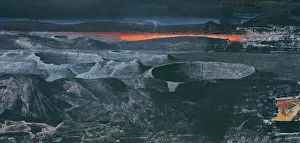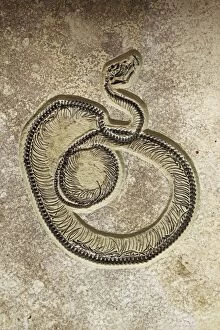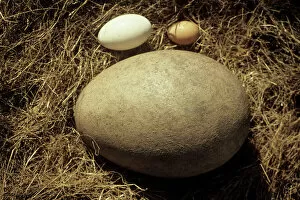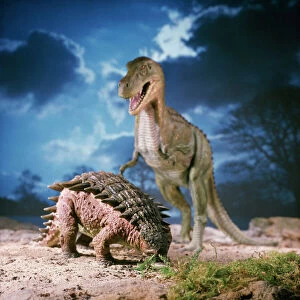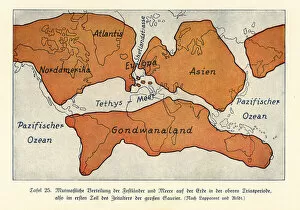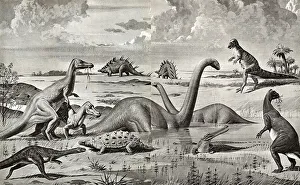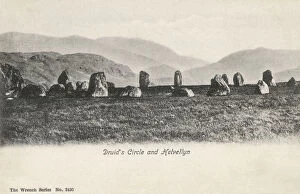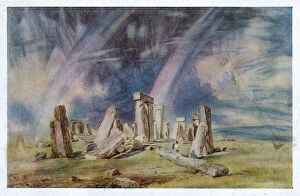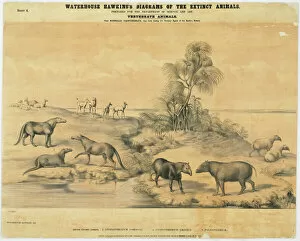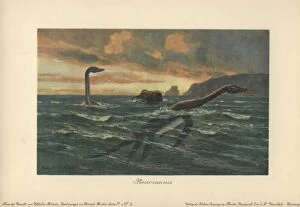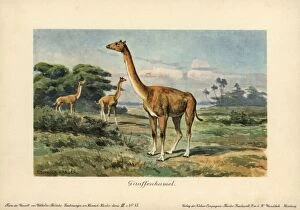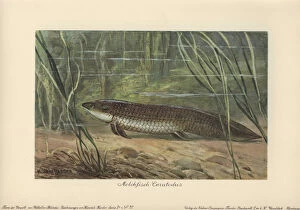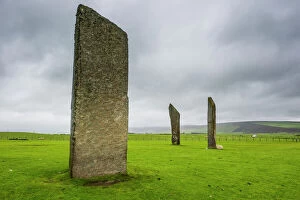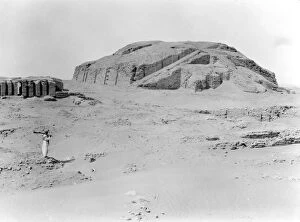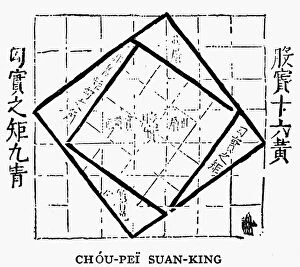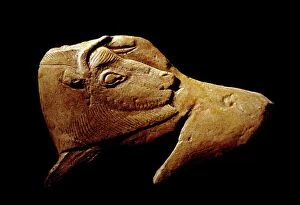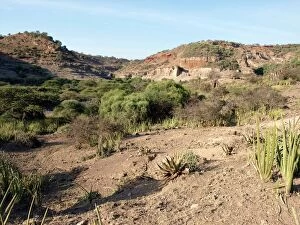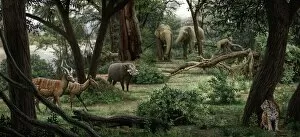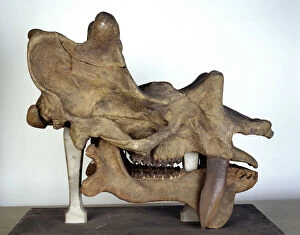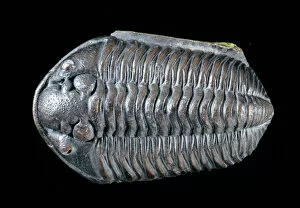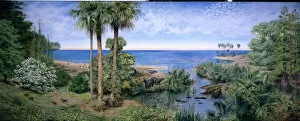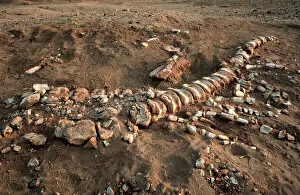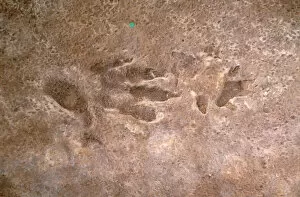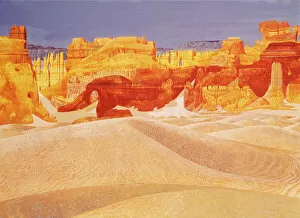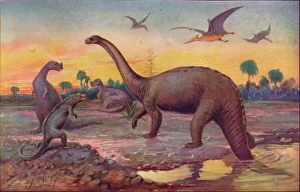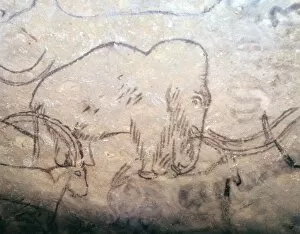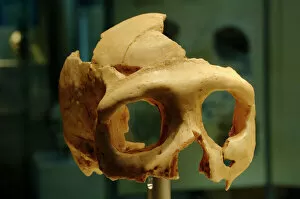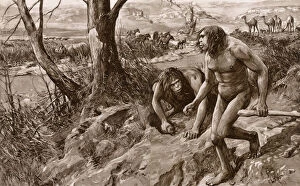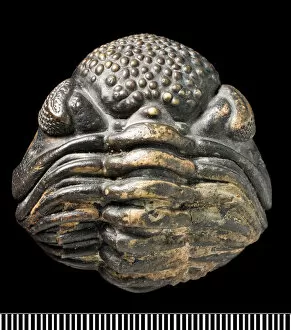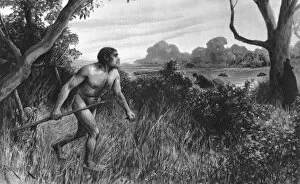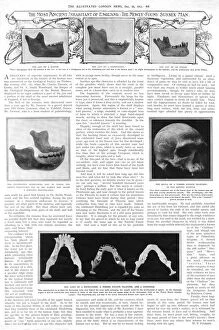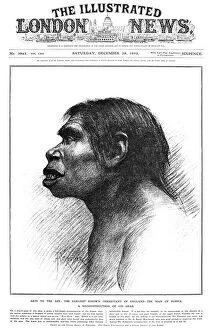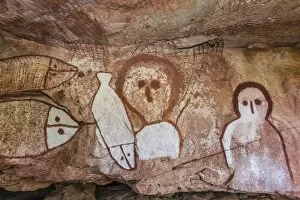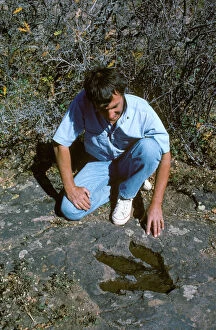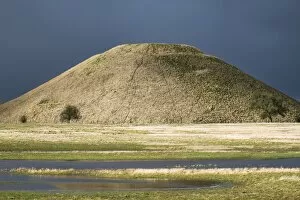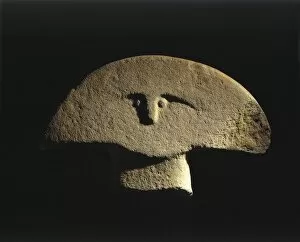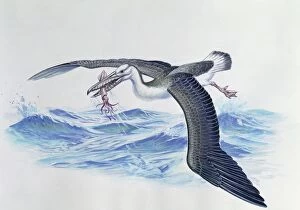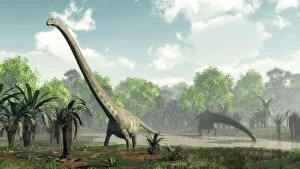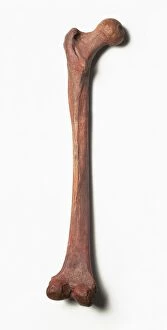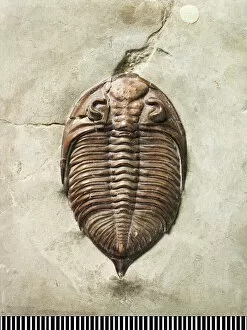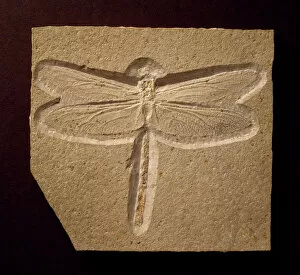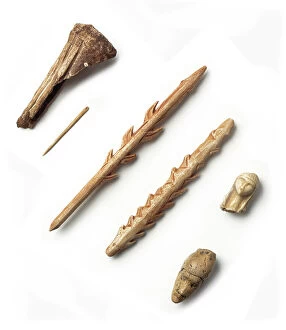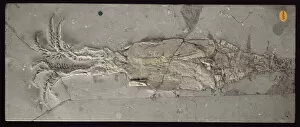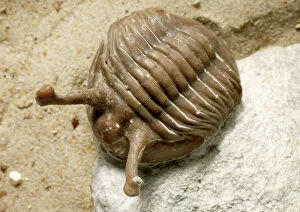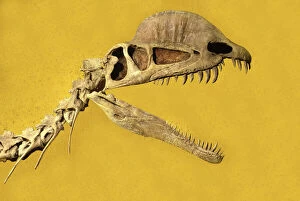Prehistoric Collection (page 3)
Step back in time and explore the wonders of the prehistoric world
For sale as Licensed Images
Choose your image, Select your licence and Download the media
Step back in time and explore the wonders of the prehistoric world. From the breathtaking Lascaux II cave painting replica to the imaginative reconstruction of Duria antiquior, these glimpses into ancient life leave us in awe. The Bulls & horses depicted in the Lascaux cave painting transport us to a time long gone, while One Million Years B. C. Takes us on a journey through an artistic quad artwork. Discovering a fossil tooth of the mighty megalodon shark at Oceanopolis Brest Brittany France reminds us of the incredible creatures that once roamed our oceans. Meanwhile, the Fossil Bird Archaeopteryx Cast serves as a fascinating link between dinosaurs and birds, showcasing nature's evolutionary marvels. As dawn breaks over Uffington's White Horse in Oxfordshire, England, we can almost feel ourselves transported back to an era when humans coexisted with magnificent creatures. Skara Brae Prehistoric Village on Scotland's Orkney Islands offers a glimpse into early human settlements and their way of life. The fossil ammonite Desmoceras spp. , illuminated under UV light, reveals intricate details from its Upper Early Cretaceous existence in Madagascar. Standing atop Hambledon Hill's prehistoric hill fort ramparts above Blackmore Vale transports us to an age where ancient civilizations thrived. And who could forget about Coelacanth? Once thought extinct since the Cretaceous period until Latimeria Chalumnae was discovered off South Africa's coast in 1938 - this German Upper Jurassic fossil reminds us that there is still so much left to uncover about our planet's history. Join us as we delve into these prehistoric treasures and embark on a journey through time itself. Let your imagination run wild as you explore Earth's rich past and marvel at its extraordinary inhabitants.

